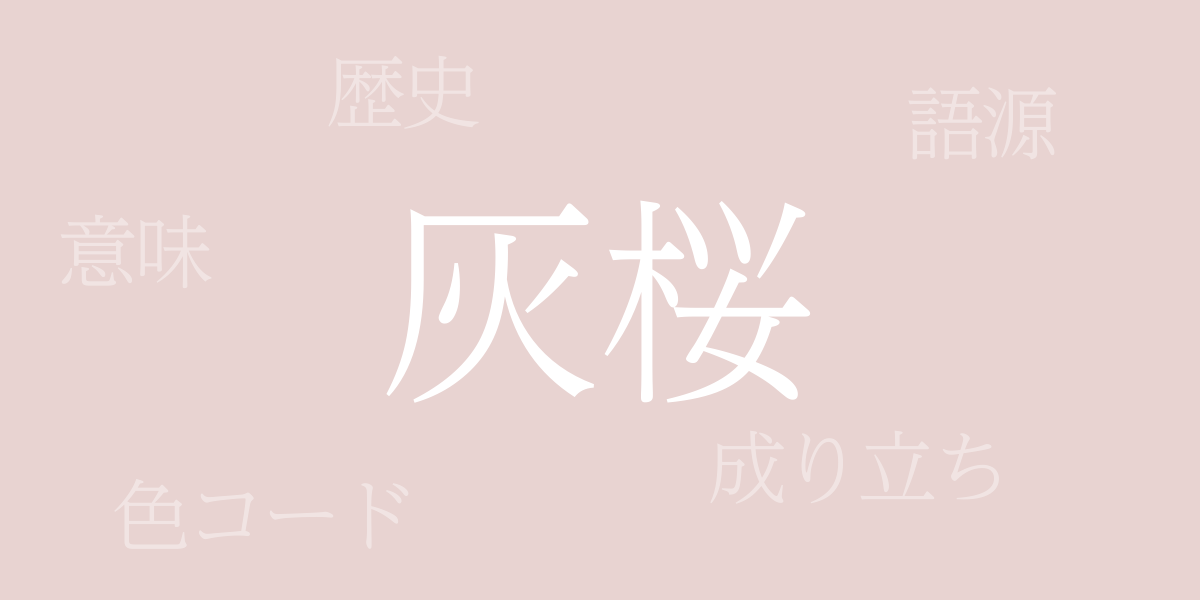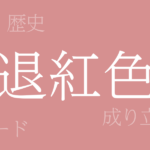Colors have the power to stir emotions, reflect culture, and sometimes herald the changing seasons. Particularly, traditional Japanese colors delicately express the nuances of nature’s transitions and Japanese sensibilities. Among them, “Haizakura (はいざくら)” continues to captivate many with its refined beauty. This article delves into the allure of this unique color.
About Haizakura (はいざくら)
Haizakura (はいざくら) is a color reminiscent of cherry blossom petals with a touch of gray. Its elegant and subdued hue seamlessly blends into various aspects of Japanese life, including traditional attire and interior design. Haizakura exudes a modest yet distinctive presence, evoking the delicate colors of Japan’s seasons, and has been cherished for its subtle palette for a long time.
History of Haizakura
Haizakura’s color gained popularity particularly among women during the Edo period. In this era, color names often drew from elements of nature, reflecting people’s everyday lives. Haizakura was no exception, being extensively used in kimono patterns, blending the ephemeral beauty of cherry blossoms with the serene ambiance of gray.
Color Codes for Haizakura
In modern times, accurate color reproduction is essential in digital and web design. The color codes for Haizakura are as follows:
- HEX: #E8D3D1
- RGB: R:232 G:211 B:209
- CMYK: C:10 M:21 Y:15 K:0
Western Names for Haizakura
Haizakura is sometimes referred to as “Pale Cherry Blossom Pink” or “Ash Sakura” in Western contexts. These names express the softness of the color and its association with Japan’s cherry blossoms. They are commonly used in international design settings.
Summary of Haizakura
Haizakura stands out among Japan’s traditional colors for its particularly refined beauty. Its subtle hues have captured the Japanese psyche throughout history and continue to be valued in the world of design and art today. In the digital age, knowing its color code allows us to carry on Japan’s timeless traditions in modern forms.

























